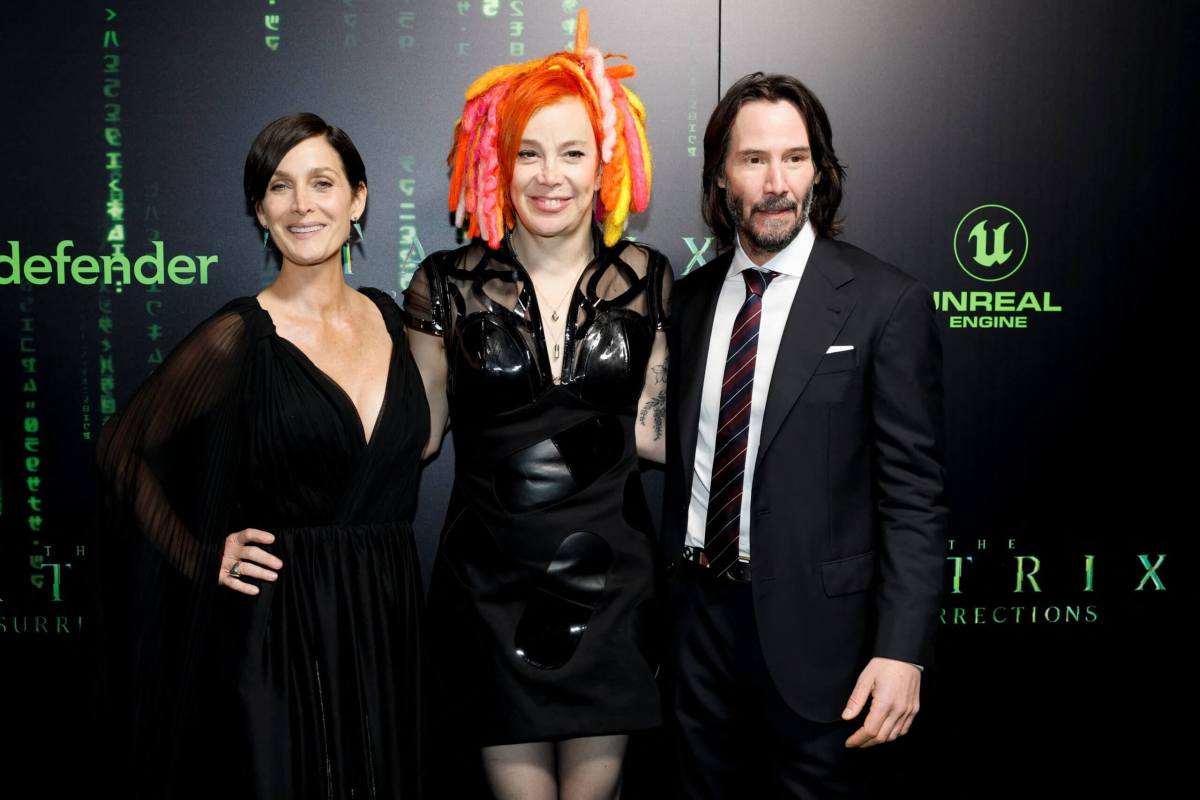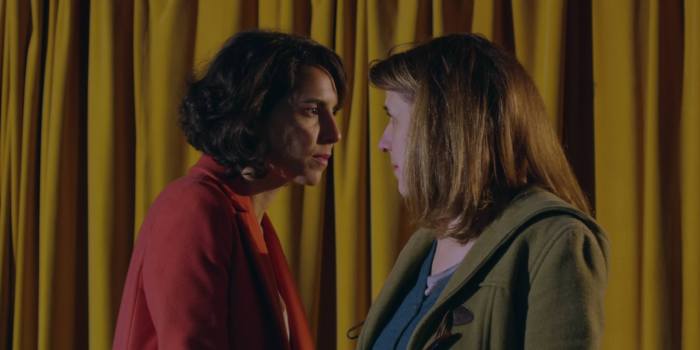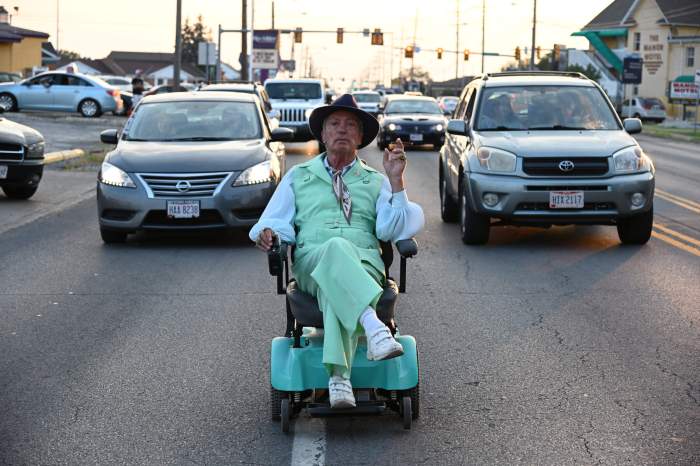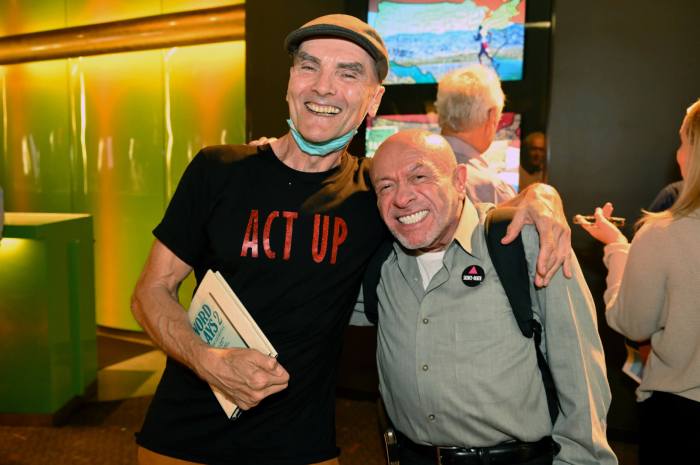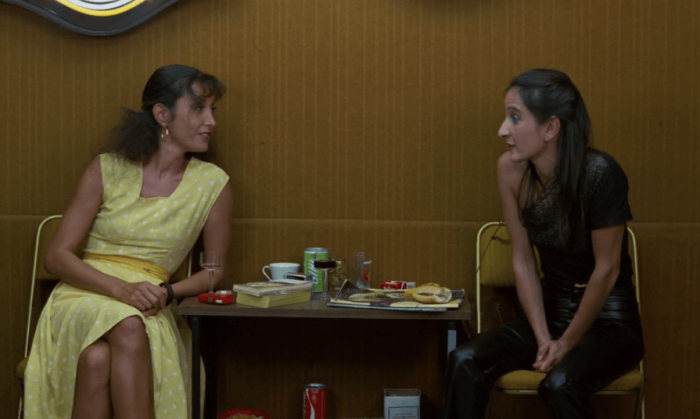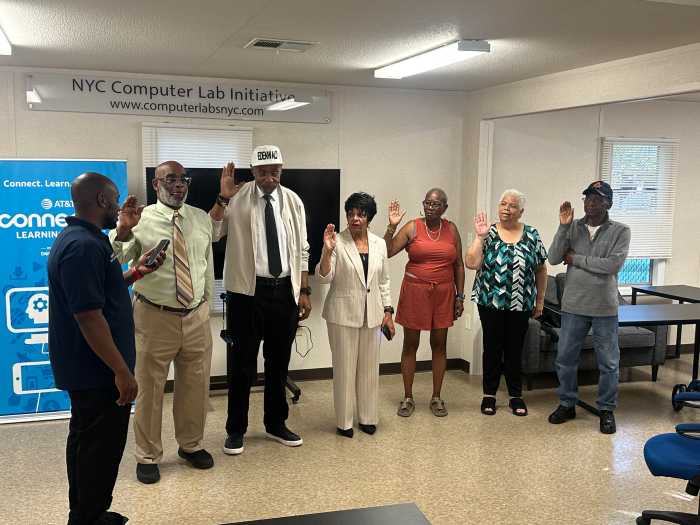Back in 1999, “The Matrix” was hardly the only film that year that tackled a reality mutating and warping via technology. But unlike Alex Proyas’ “Dark City” and David Cronenberg’s “eXistenZ,” it struck a chord and has remained current in pop culture. While it synthesized critical theory, cyberpunk, anime, and Hong Kong action movies, it felt fresh. But it also felt like a method of understanding the world we were entering, where many people spent most of their days online. Like most films that click with a wide audience, it’s able to support contradictory readings from spectators with opposing ideologies. The Wachowski sisters had not publicly transitioned yet, but the film’s most influential concept, the red pill, referred to estrogen. Even before they came out as trans, “The Matrix” was popular with audiences who caught on to this subtext.
It’s had a less sanguine legacy too, as it also caught on with conservative young men who saw themselves in Neo’s (Keanu Reeves) violent fight to save the world from computer control. The red pill also became the name of an anti-feminist subreddit and documentary. The “bad fans,” to use TV critic Emily Nussbaum’s phrase, held claim to the film’s vision. The two sequels complicate the original’s politics, working through a larger vision of community and defusing the notion of Neo as an individual savior, but they’re also bloated, self-important, and simply far less exciting. The Wachowskis’ later films never matched the same cultural impact, and their Netflix series “Sense8” was canceled after two seasons. Lana Wachowski has had to return to the same IP to get another feature film made.
Game designer Thomas Anderson (Reeves) is this film’s incarnation of Neo, the series’ hero. In this world, he created a video game which is identical to the Wachowskis’ films. Only his psychiatrist (out gay actor Neil Patrick Harris) knows that his successful game’s ideas stemmed from a psychotic break. While Anderson plans a new game called “Binary,” Warner Brothers, mentioned by name, requires him to return to “The Matrix.” Morpheus (Yahya Abdul-Mateen II, replacing Lawrence Fishburne) tempts him once again with the red pill. Agent Smith (out gay actor Jonathan Groff in place of Hugo Weaving) also returns as his nemesis. Plugged into machines, he struggles to free himself and the city of Zion.
“The Matrix Resurrections” is obsessed with its own status as myth, recycling clips from “The Matrix.” It also has a sense of humor about it, but that’s mostly expressed with a sour tone in the first half hour. Warner Brothers originally wanted to make a “Matrix” sequel without any involvement from the Wachowskis; Lana had to step in to direct and co-write this film to have any control over the destiny of the series she co-created. The company gets called out by name. The opening scenes of “The Matrix Resurrections” show an unease with the film’s fanboys. Hell, one man tells Neo that the video game he designed caused him to flunk seventh grade and refers to himself as “McGeek, raised by machines.” At best, Wachowski acknowledges her own complicity in the dominance of our world by corporate-controlled technology; at worst, this section is a smirky attempt to have it both ways. The film doesn’t really get underway till a montage set to “White Rabbit,” which contrasts the song’s pursuit of psychedelic transcendence with the banality of clichés about “The Matrix.”
But the heart of “The Matrix Resurrections” owes more to the spirit of hope and community expressed in the sequels. It turns into a startlingly sincere, touching love story between Neo and Trinity. Heterosexual romance is portrayed as two people protecting and caring about each other, not a social obligation. (In this film, Neo stops more bullets than he fires.) Unfortunately, Mr. White does fall into the trope of the gay-coded villain, even if “The Matrix Resurrections” complicates his position as a barrier to Neo’s quest. He and Neo have a love/hate relationship that threatens to get physical, but this leads to an exchange of fists rather than kisses. The scene where Neo and Trinity (Carrie-Ann Moss) caress each other is much different, bringing out a tenderly erotic charge even if the film remains chaste.
“The Matrix Resurrections” is a test case for how messy a mainstream film can get and still basically work. Wachowski’s direction harkens back to images from “The Matrix,” but the bullet time and karate don’t have the same kinetic charge. While the action scenes are generally well-edited, there’s still a feeling of repeating past glories with weaker results, no matter how self-aware this film is. It relies too heavily on exposition, and the 148-minute runtime seems unnecessary. But Wachowski brings out a trans subtext that was inchoate in the original trilogy. There are constant references to the damaging nature of an emphasis on a single identity and appearance. The real Neo, connected to machines, has a shaved head, while the fantasy version looks identical to John Wick, with scraggly hair and a beard. Even the minor characters look different in each incarnation, while remaining the same basic person. At heart, it’s still a nerdy power fantasy, but one that firmly questions the idea of a solitary man as savior.
THE MATRIX RESURRECTIONS | Directed by Lana Wachowski | Warner Bros. | Now playing in theaters citywide and streaming on HBO Max

